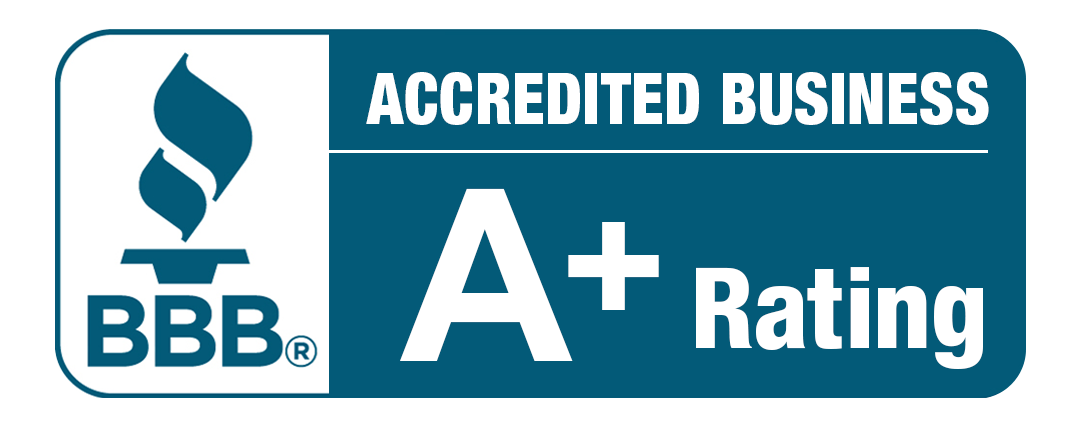Designing a pet-friendly space in a custom home creates a harmonious environment that caters to both the needs of your pets and your own lifestyle. Here’s a comprehensive approach to ensuring your home is both stylish and functional for your furry companions.
Understand Your Pet’s Needs
Before making design choices, assess your pets’ specific needs. Consider their size, breed, and activity level. For instance, large dogs might require ample space to move around, while cats might appreciate high perches and cozy nooks. Identifying these needs will guide your design decisions and ensure the space is accommodating for your pets.
Choose Durable and Easy-to-Clean Materials
Pets can be tough on home surfaces, so selecting durable and easy-to-clean materials is crucial. Be sure to choose flooring that can withstand scratches and spills, such as porcelain tile, luxury vinyl, or sealed hardwood. For walls, washable paint or durable wallpaper can help manage pet hair and occasional accidents. In high-traffic areas, consider using rugs or carpets with stain-resistant properties.
Design Pet-Friendly Zones
Create dedicated areas for your pets within your home. This might include:
- Sleeping Areas: Designate a quiet, comfortable space for your pets to sleep. For dogs, this could be a cozy bed in a corner of the living room or bedroom. Cats may appreciate a high perch or a cat tree.
- Feeding Stations: Incorporate feeding stations that are both practical and aesthetically pleasing. Built-in feeding stations with storage for food and water bowls can be placed in a designated area of the kitchen or laundry room.
- Play Areas: Ensure there’s ample space for play and exercise. A dog-friendly backyard with secure fencing or a designated indoor play area with pet toys can help keep your pets active and entertained.
Incorporate Pet-Friendly Furniture and Decor
Select furniture and decor that can withstand your pet’s activity. Leather or synthetic fabrics are often easier to clean and less prone to staining than traditional upholstery. Additionally, removable and washable covers are a wise choice.
- Pet-Friendly Fabrics: Look for fabrics that are resistant to hair and easier to clean. Microfiber, for example, is a good choice for pet owners.
- Protective Covers: To protect your furniture from fur and scratches, use slipcovers or pet-specific throws on sofas and chairs.
Ensure Safety
Safety should be prioritized in a pet-friendly home. Make sure that:
- Electrical Cords: Keep electrical cords out of reach or use cord protectors to prevent chewing.
- Toxic Plants: Avoid houseplants that are toxic to pets, such as lilies or poinsettias.
- Secure Windows and Balconies: Ensure windows and balconies are securely screened to prevent pets from falling or escaping.
Integrate Pet-Friendly Features
Incorporate features that enhance the comfort and convenience for both pets and their owners:
- Pet Doors: Install pet doors to allow your pets to go outside freely without your assistance.
- Built-In Pet Beds: Consider built-in pet beds or niches in areas like the living room or bedroom to provide a designated resting spot that blends seamlessly with your home’s decor.
- Grooming Stations: If space allows, a grooming station with a sink or bath can make pet care more manageable and convenient.
Maximize Pet Comfort
Think about how to make your home as comfortable as possible for your pets:
- Climate Control: Ensure your home has good ventilation and temperature control. Pets, especially those with thick fur, can be sensitive to extreme temperatures.
- Accessibility: Your home’s design should accommodate pets with mobility issues. For example, ramps or low steps should be provided for older pets or those with disabilities.
Incorporate Storage Solutions
Practical storage solutions are essential to keep pet supplies organized and accessible. Built-in cabinets or closets can house food, toys, leashes, and grooming tools. Labeling these storage areas can help you quickly locate what you need.
By thoughtfully integrating these elements into your custom home design, you can create a space that is beautiful, functional, and a haven for your pets.
Bruce Williams Homes believes in balancing aesthetics with practicality, ensuring that your home remains a comfortable and enjoyable environment for every household member – even the furry ones.
Designing a pet-friendly space in a custom home creates a harmonious environment that caters to both the needs of your pets and your own lifestyle. Here’s a comprehensive approach to ensuring your home is both stylish and functional for your furry companions.
Understand Your Pet’s Needs
Before making design choices, assess your pets’ specific needs. Consider their size, breed, and activity level. For instance, large dogs might require ample space to move around, while cats might appreciate high perches and cozy nooks. Identifying these needs will guide your design decisions and ensure the space is accommodating for your pets.
Choose Durable and Easy-to-Clean Materials
Pets can be tough on home surfaces, so selecting durable and easy-to-clean materials is crucial. Be sure to choose flooring that can withstand scratches and spills, such as porcelain tile, luxury vinyl, or sealed hardwood. For walls, washable paint or durable wallpaper can help manage pet hair and occasional accidents. In high-traffic areas, consider using rugs or carpets with stain-resistant properties.
Design Pet-Friendly Zones
Create dedicated areas for your pets within your home. This might include:
- Sleeping Areas: Designate a quiet, comfortable space for your pets to sleep. For dogs, this could be a cozy bed in a corner of the living room or bedroom. Cats may appreciate a high perch or a cat tree.
- Feeding Stations: Incorporate feeding stations that are both practical and aesthetically pleasing. Built-in feeding stations with storage for food and water bowls can be placed in a designated area of the kitchen or laundry room.
- Play Areas: Ensure there’s ample space for play and exercise. A dog-friendly backyard with secure fencing or a designated indoor play area with pet toys can help keep your pets active and entertained.
Incorporate Pet-Friendly Furniture and Decor
Select furniture and decor that can withstand your pet’s activity. Leather or synthetic fabrics are often easier to clean and less prone to staining than traditional upholstery. Additionally, removable and washable covers are a wise choice.
- Pet-Friendly Fabrics: Look for fabrics that are resistant to hair and easier to clean. Microfiber, for example, is a good choice for pet owners.
- Protective Covers: To protect your furniture from fur and scratches, use slipcovers or pet-specific throws on sofas and chairs.
Ensure Safety
Safety should be prioritized in a pet-friendly home. Make sure that:
- Electrical Cords: Keep electrical cords out of reach or use cord protectors to prevent chewing.
- Toxic Plants: Avoid houseplants that are toxic to pets, such as lilies or poinsettias.
- Secure Windows and Balconies: Ensure windows and balconies are securely screened to prevent pets from falling or escaping.
Integrate Pet-Friendly Features
Incorporate features that enhance the comfort and convenience for both pets and their owners:
- Pet Doors: Install pet doors to allow your pets to go outside freely without your assistance.
- Built-In Pet Beds: Consider built-in pet beds or niches in areas like the living room or bedroom to provide a designated resting spot that blends seamlessly with your home’s decor.
- Grooming Stations: If space allows, a grooming station with a sink or bath can make pet care more manageable and convenient.
Maximize Pet Comfort
Think about how to make your home as comfortable as possible for your pets:
- Climate Control: Ensure your home has good ventilation and temperature control. Pets, especially those with thick fur, can be sensitive to extreme temperatures.
- Accessibility: Your home’s design should accommodate pets with mobility issues. For example, ramps or low steps should be provided for older pets or those with disabilities.
Incorporate Storage Solutions
Practical storage solutions are essential to keep pet supplies organized and accessible. Built-in cabinets or closets can house food, toys, leashes, and grooming tools. Labeling these storage areas can help you quickly locate what you need.
By thoughtfully integrating these elements into your custom home design, you can create a space that is beautiful, functional, and a haven for your pets.
Bruce Williams Homes believes in balancing aesthetics with practicality, ensuring that your home remains a comfortable and enjoyable environment for every household member – even the furry ones.






